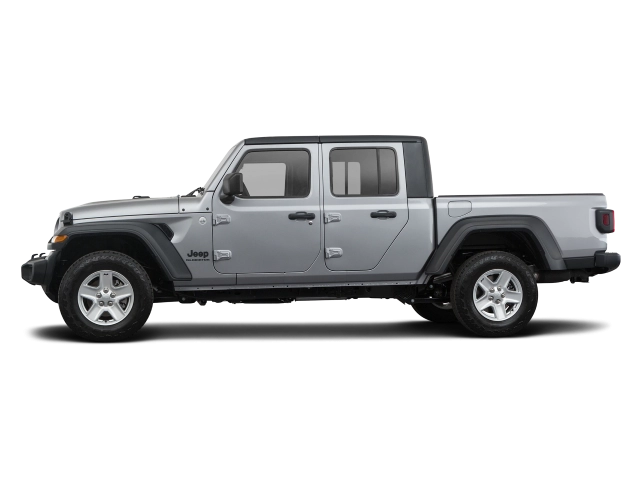2022 Jeep Gladiator Owner's Manual

Table of Contents
2022 Jeep Gladiator Overview
Introduction
The 2022 Jeep Gladiator is a perfect blend of rugged utility and open-air fun, delivering the extraordinary off-road capabilities Jeep is renowned for, wrapped in a versatile truck format. With its bold, distinctive design and modern technology, this vehicle appeals to adventure seekers and everyday drivers alike, making it a formidable player in the midsize pickup segment.
Powertrains
Under the hood, the Gladiator offers two powerful engine options that cater to varying performance needs. The standard 3.6-liter Pentastar V6 engine produces an impressive 285 horsepower and 260 lb-ft of torque, providing ample muscle for off-roading and towing. An optional 3.0-liter EcoDiesel V6 engine ups the ante with a robust 260 horsepower and an astounding 442 lb-ft of torque, ensuring exceptional fuel efficiency and impressive towing capacities. Both engines come paired with a smooth-shifting 8-speed automatic transmission, with a 6-speed manual transmission available for the spirited driving enthusiasts.
Trims
The 2022 Jeep Gladiator boasts a diverse lineup of trims, including the base Sport, Sport S, Overland, Rubicon, and the luxurious Mojave. Each trim caters to different preferences, from the basic utility of the Sport to the trail-ready capabilities of the Rubicon, ensuring a configuration that fits every lifestyle.
Features
This model is generously equipped with advanced technologies, including an intuitive Uconnect infotainment system featuring available 8.4-inch touchscreen, Apple CarPlay, and Android Auto compatibility. Standard safety features encompass a rearview camera, while available options range from adaptive cruise control to blind-spot monitoring, enhancing the driving experience on and off the road.
Owners Manual
The 2022 Jeep Gladiator comes with a comprehensive owner’s manual that provides detailed insights into maintenance, safety features, and operational guidance to ensure optimal performance throughout your ownership experience. Whether you're engaging in weekend adventures or daily commutes, this resource will prove indispensable for first-time and seasoned Jeep drivers alike.
User manual download
The Jeep Gladiator owner manual for the 2022 model year is to be found in PDF downloadable format on this page. The owner manual for the model year 2022 is free and in English, but the repair manuals are usually not easy to get and may cost more.
Manual Questions
Fill the form below and someone will help you!

